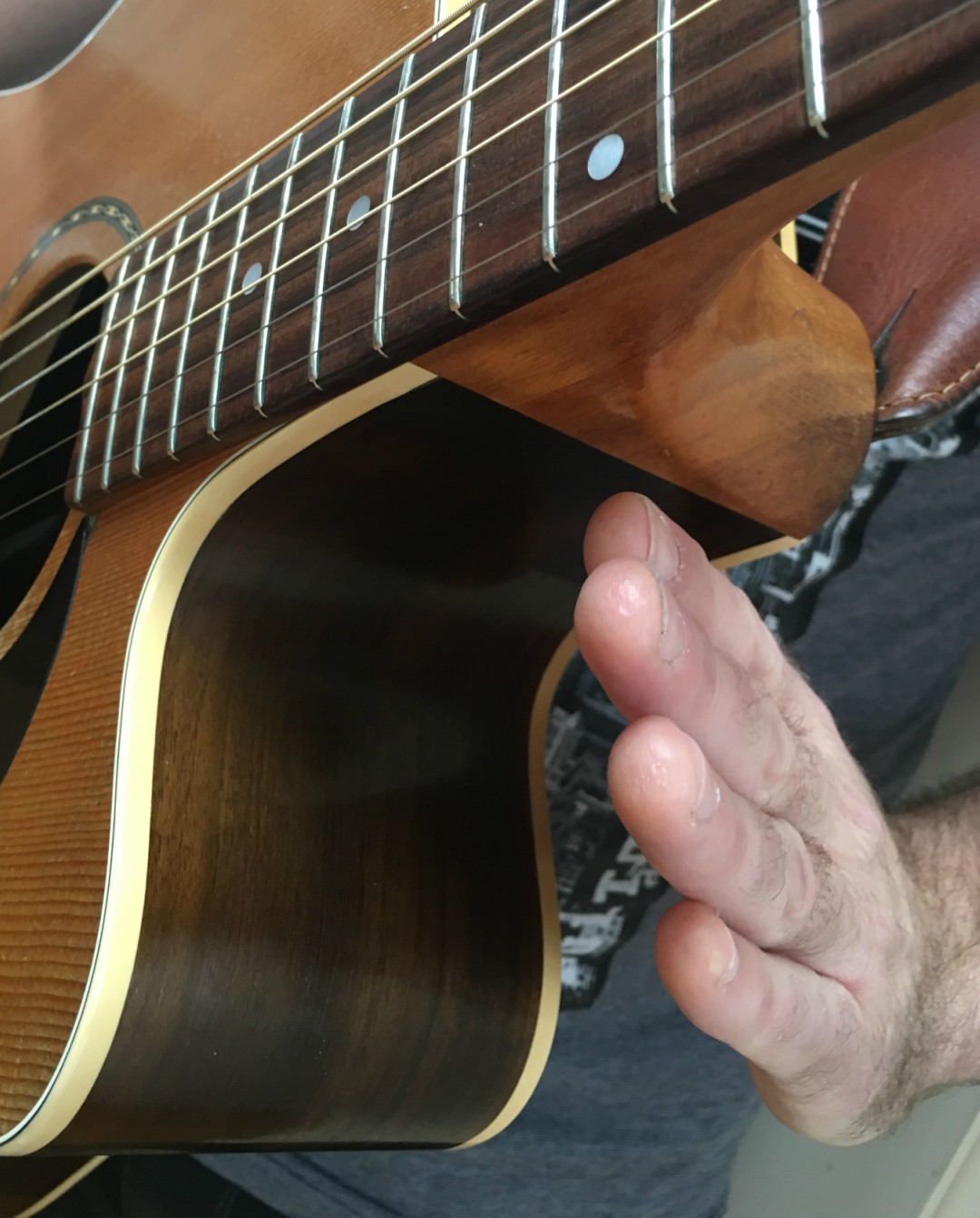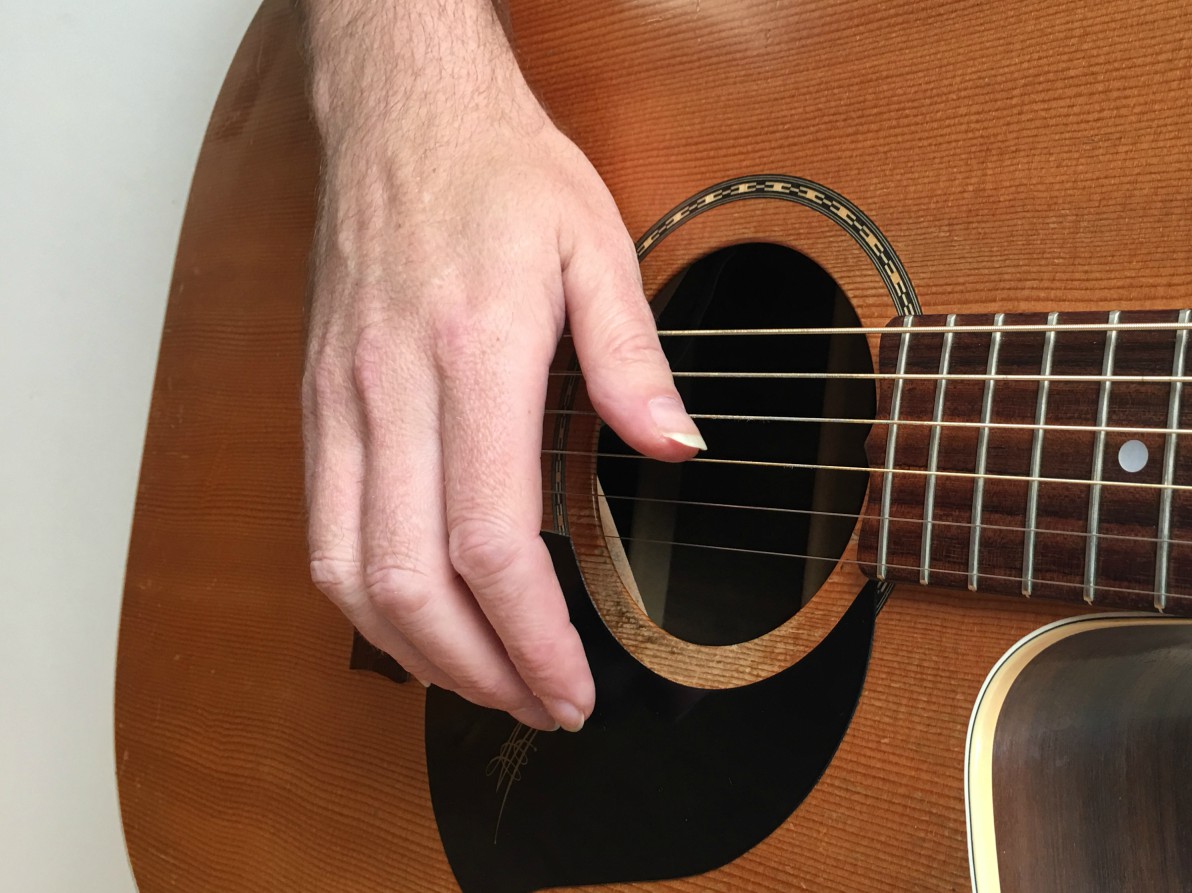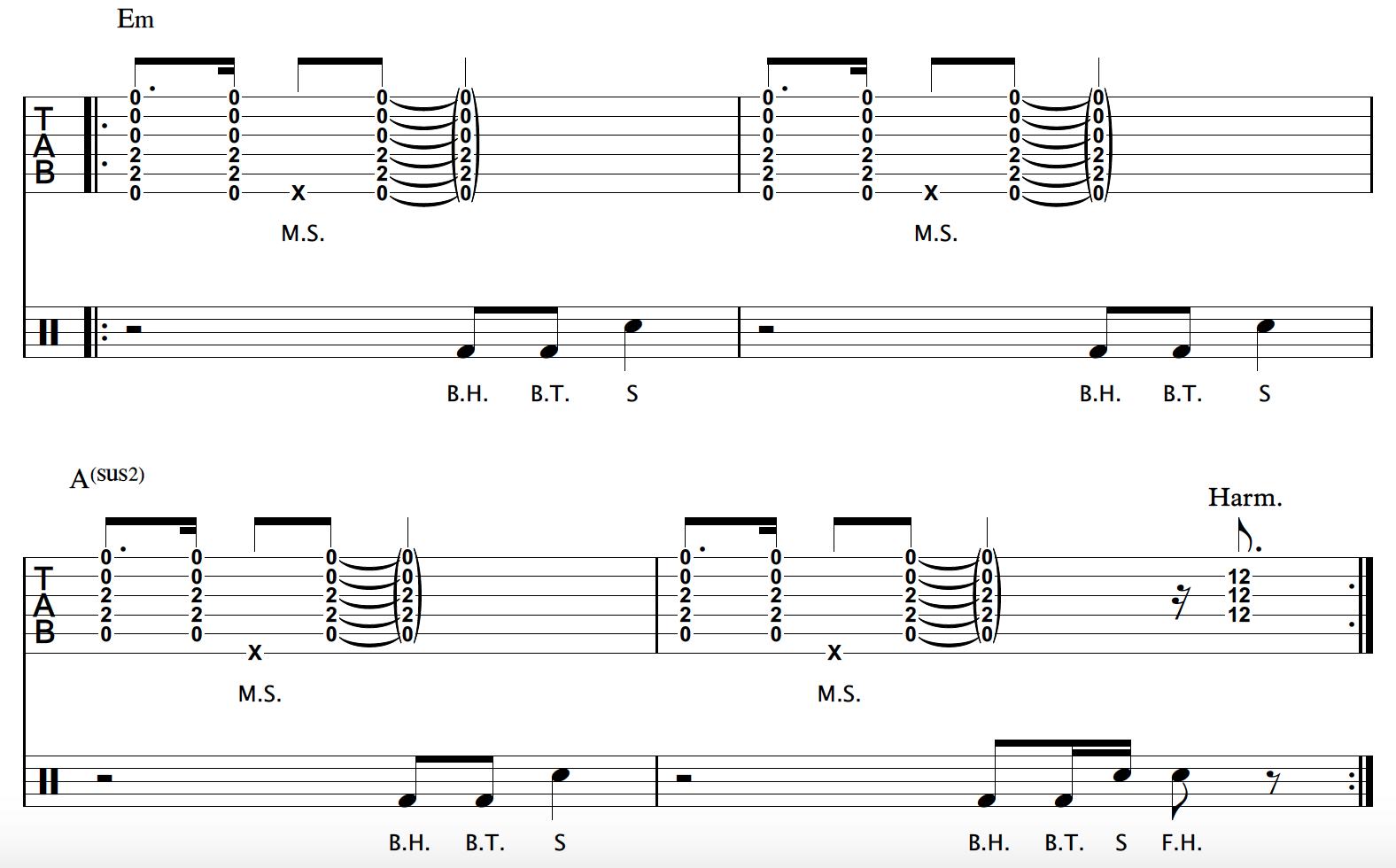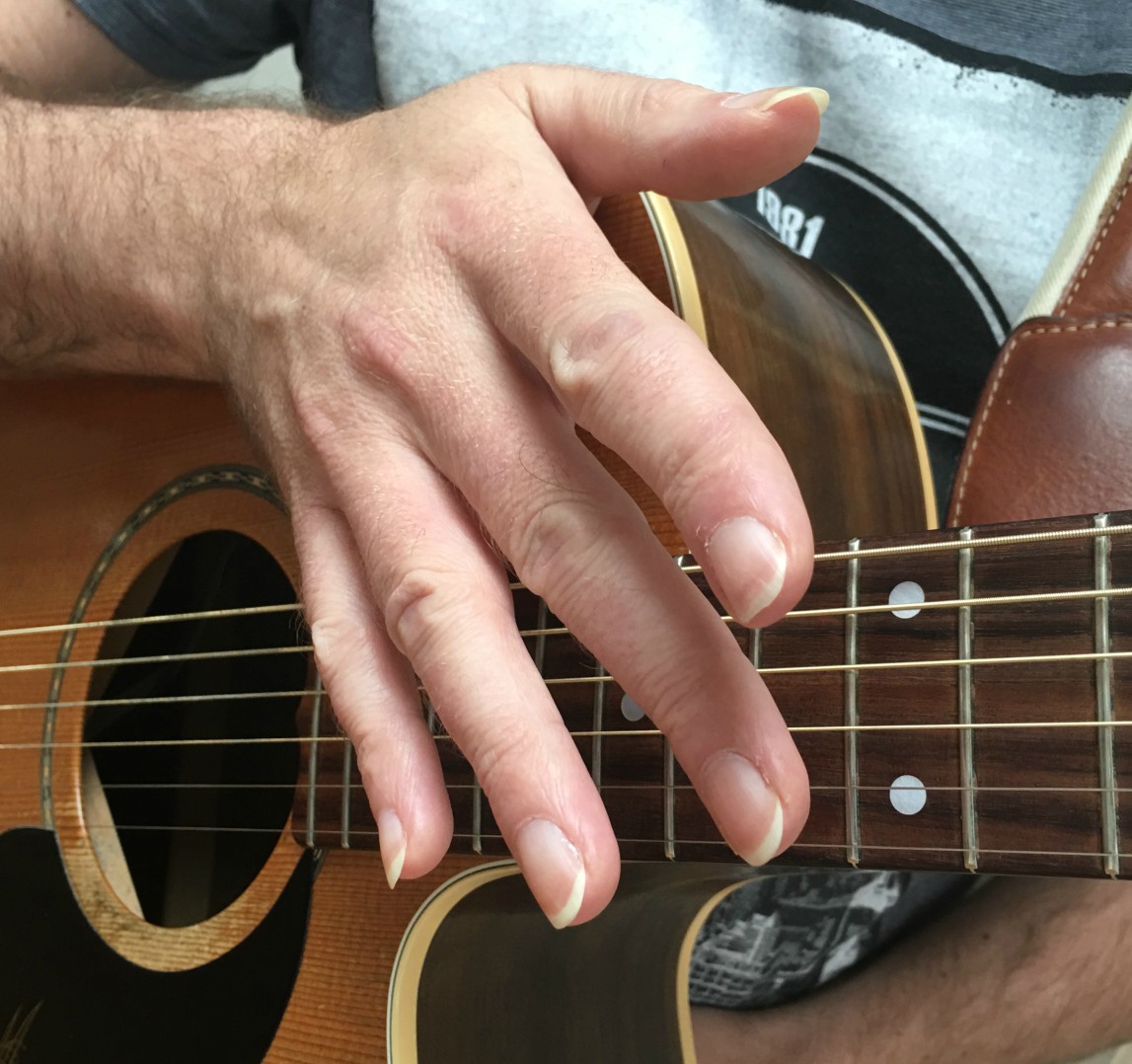Have you ever seen someone play an acoustic guitar percussively and just been totally blown away?
This has become an extremely popular way to play an acoustic in recent years, and is known as percussive guitar. The style basically involves you hitting various parts of the body of the guitar to create percussive sounds of all kinds. While doing this, you also play the instrument melodically.
Quite a handful, and as great as this style of guitar playing sounds, it can be very challenging to do.
Well, today I am going to show you just how easy it is to get some percussive sounds into your guitar playing. I am going to run you through some of the basics of the style.
We will start with some percussive sounds you can get by hitting various parts of the body of your guitar in isolation, before combining these to create some cool sounding beats and grooves.
Upon doing this, I will then show you how you can integrate these beats and grooves into a chord progression. You'll be doing all parts, melodic and percussive, at the same time!
This is not one of those, practice what I show you for 3 hours a day for the next year, and you should master what I show you lessons. Much of what I show you here can be mastered in just a short amount of time, with a little focused practice.
The first step you need to take is to work on a number of percussive techniques in isolation. This is of the upmost importance. You cannot expect yourself to be able to play your acoustic guitar both percussively and melodically, with everything it entails, without first breaking things down.
So let's begin by doing exactly that, and look at a number of common percussive guitar techniques in isolation.
Snare/Rim Shot Hit (S)
A great way to emulate a snare or rimshot hit is to tap/rap two of the fingers of your picking hand around the side of the body of your guitar like this:

You are after a high end popping sound with this technique. I personally like to use my pinky and ring fingers when tapping the side of the guitar, you may prefer your ring and middle fingers. Either combination is OK.
This percussive technique is notated in the third space of the stave.

Focus on the following when practicing this technique:
Another way to emulate a snare type sound is to bring our fretting hand into the picture. Simply hit the side of the body of your guitar just below the neck to execute this technique. Another variation is to hit the front of the body just below the fretboard:

I have also notated this technique in the 3rd space of the stave, as I reference the sound of this hit with that of a snare drum.

Focus on the following when practicing this technique:
This particular percussive technique resembles that of a bass or kick drum sound on a drum kit. In fact we will look at two ways of doing this, the first using your thumb in the exact same way you just did for the muted slap, only this time you are slapping it on the body of your guitar instead of the strings:

Once again check the picture for reference and watch the video for a demonstration of this technique.
The bass drum hit is notated in the first space of the musical stave.

Focus on the following when practicing this technique:
The other bass/kick drum sound is achieved by hitting the body of your guitar with the heel off your picking hand like so:

By using the heel of your hand you get more of a thud like sound. This technique is also notated in the first space of the musical stave.
 E
E
Focus on the following when practicing this technique:
To execute this percussive technique, you need to slap the side of your picking hand thumb on the lower strings of your guitar like so:

Whether you end up slapping 1, 2, or 3 strings does not really matter. It's the sound you are after, much like that of a high hat symbol on a drum kit. Check the picture for reference and watch me demonstrate this technique in the video that accompanies this article.
The muted slap is indicated with an 'x' on the bottom string of the tablature.

Focus on the following when practicing this technique:
Here are 3 cool beats and grooves you can create by combining some of the percussive techniques we have just been looking at. There are many other variations possible, so once you have the following down, start creating your own.
Beat/Groove 1:
This first beat brings the fretting hand into action with a fret hand hit. This occurs on the offbeats of 2 and 4 and creates a straight 8th note rhythm when adding a bass drum hit (B.H.) with the heel of your picking hand on beats 1 and 3, a snare/rimshot (S) on beats 2 and 4, and a bass drum hit (B.T.) with your thumb on the body of the guitar:

Beat/Groove 2:
Beat 2 is made up of bass drum hits (B.H.) on beats 1 and 3, a snare/rimshot on beats 2 and 4, as well as thumb slaps on the body of the guitar on the offbeats of 1 and 3 like so:

Beat/Groove 3:
This third beat is a typical rock beat created by utilising both the bass drum 2 hit (B.H) and snare/rimshot hit (S):

In the example above, I am using the heel of my hand to hit the body of the guitar on beats 1 and 3, and my pinky and ring fingers to tap the side of my guitar on beats 2 and 4 to create the snare/rimshot sound.
Simple but very effective!
As was the case in first becoming familiar with each percussive technique in isolation, it is the same with each of these 3 beats/grooves. Spend time on each before moving on with what we are about to do, making sure you get each down fluently and comfortably.
Now we are really going to get things cranking!
The following is an example of playing a chord vamp on your guitar while also providing a beat to go along with it.
Let me play it for you first and then we will break it down:

What to focus on when playing/practicing the above example:

The last bar. There is a little bit going on here with the percussive part, in particular with what is known as a harmonic slap. To execute this percussive technique, you need to slap the strings over the 12th fret, angling your middle finger over the fret as you do so. The resulting sound is a bell like chime. Check the picture for reference and once again watch the video to see me demonstrate this technique.
Learn more ways to play percussion on your acoustic guitar.
Specializing in online acoustic guitar lessons, Simon Candy is based in Melbourne, Australia where he runs his own guitar school.